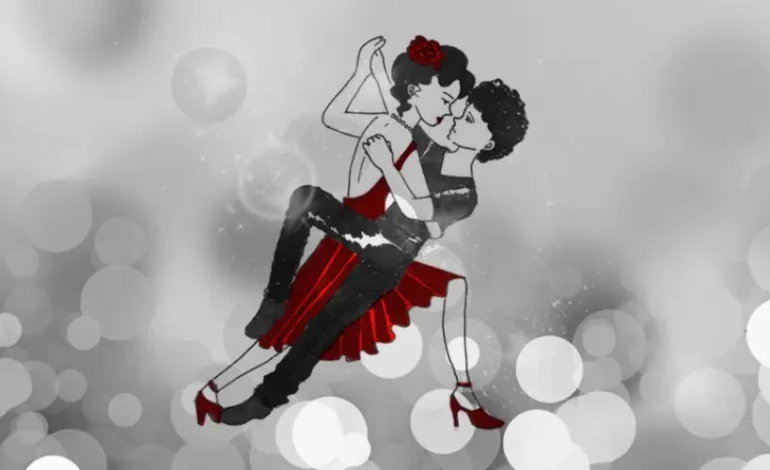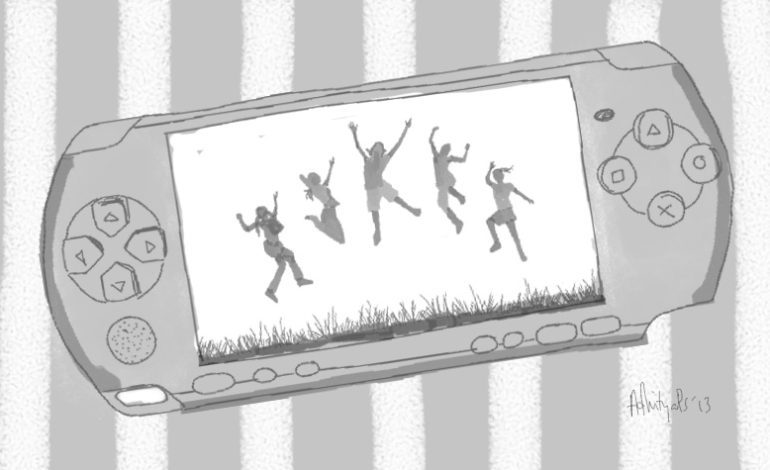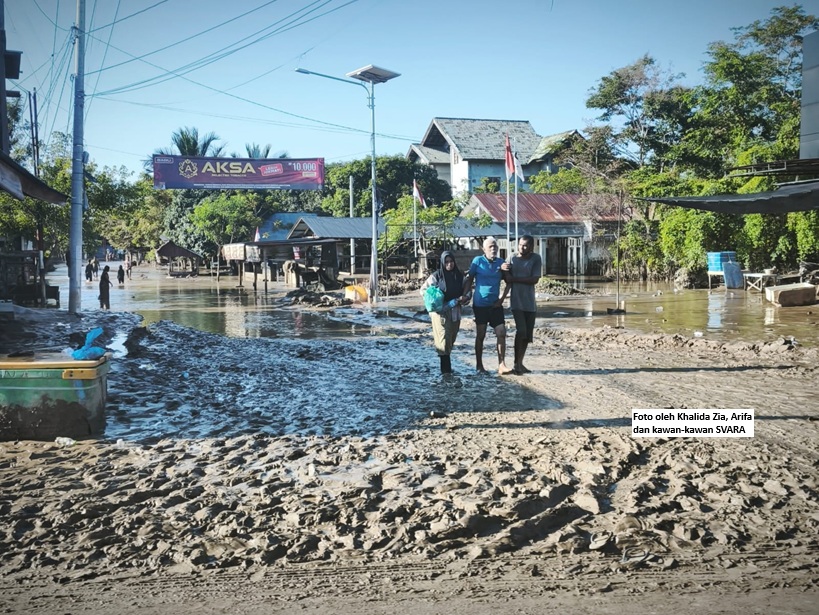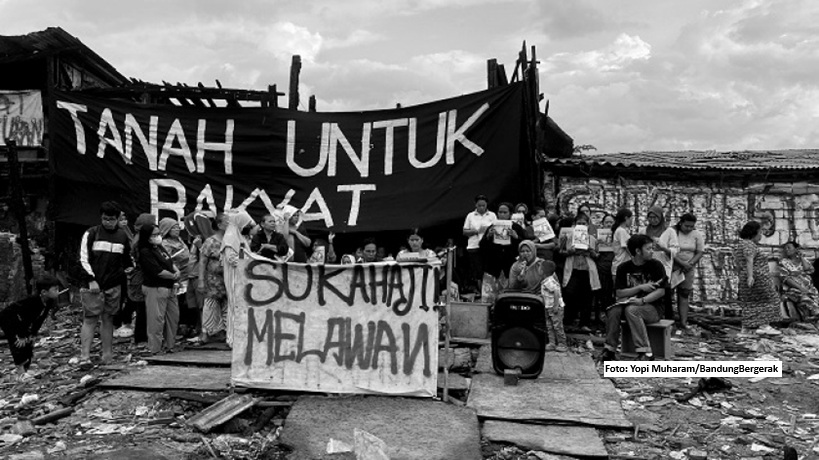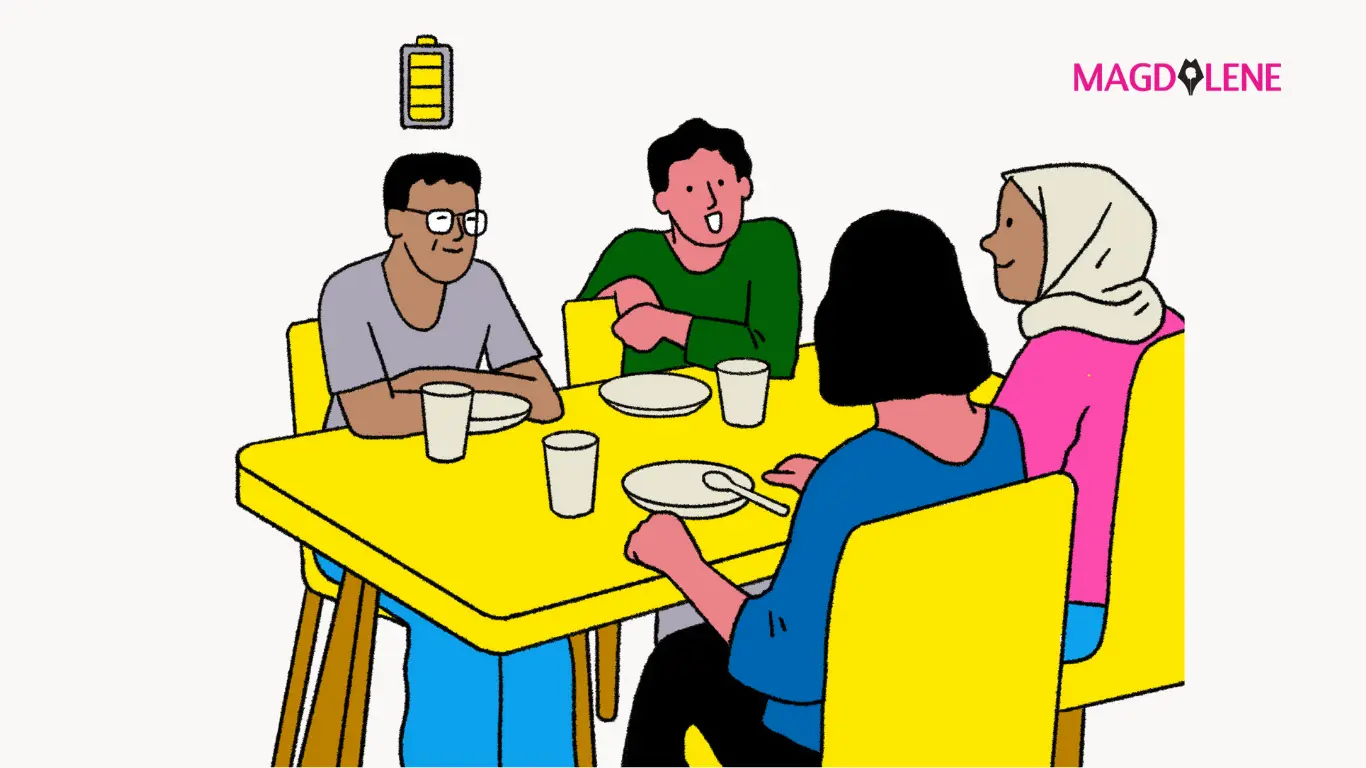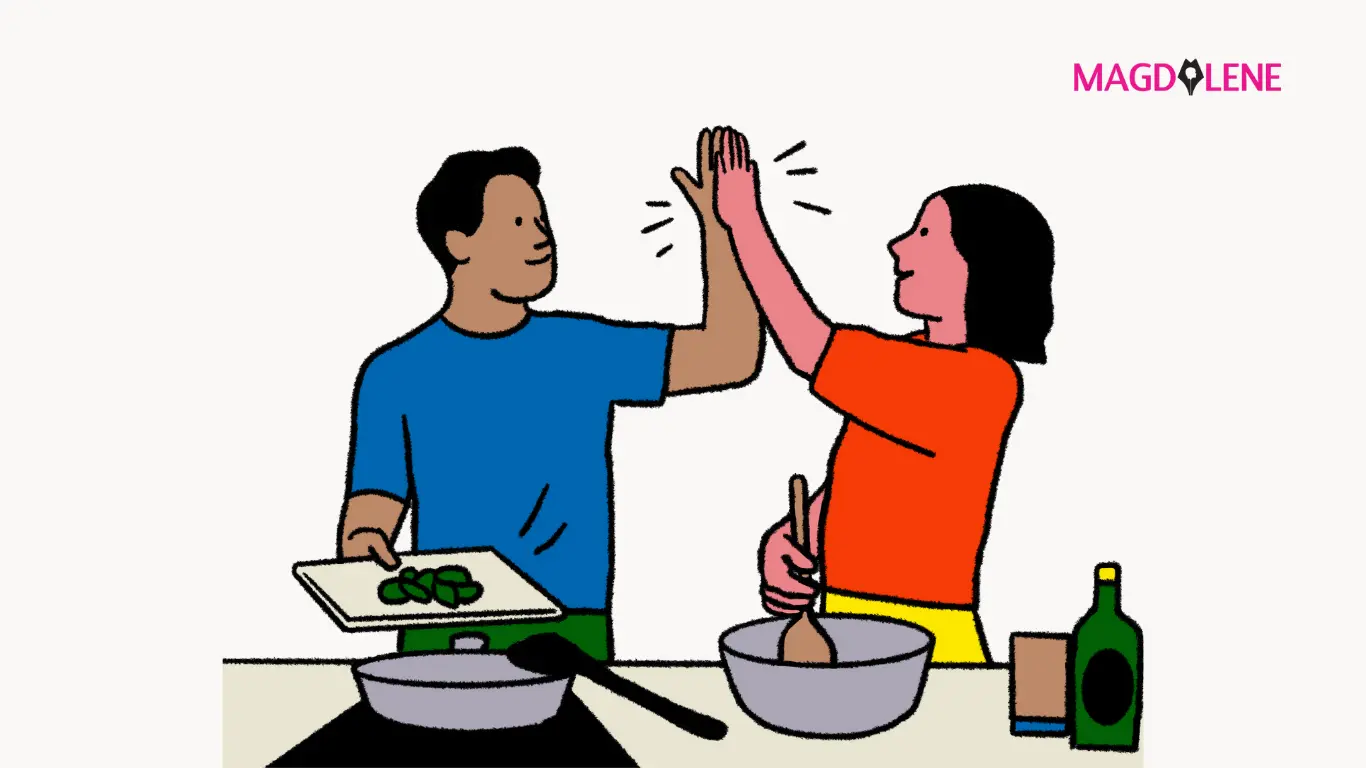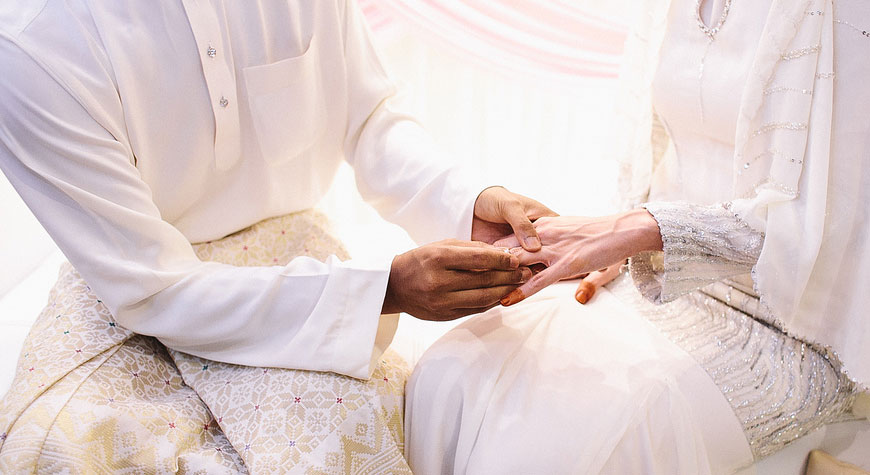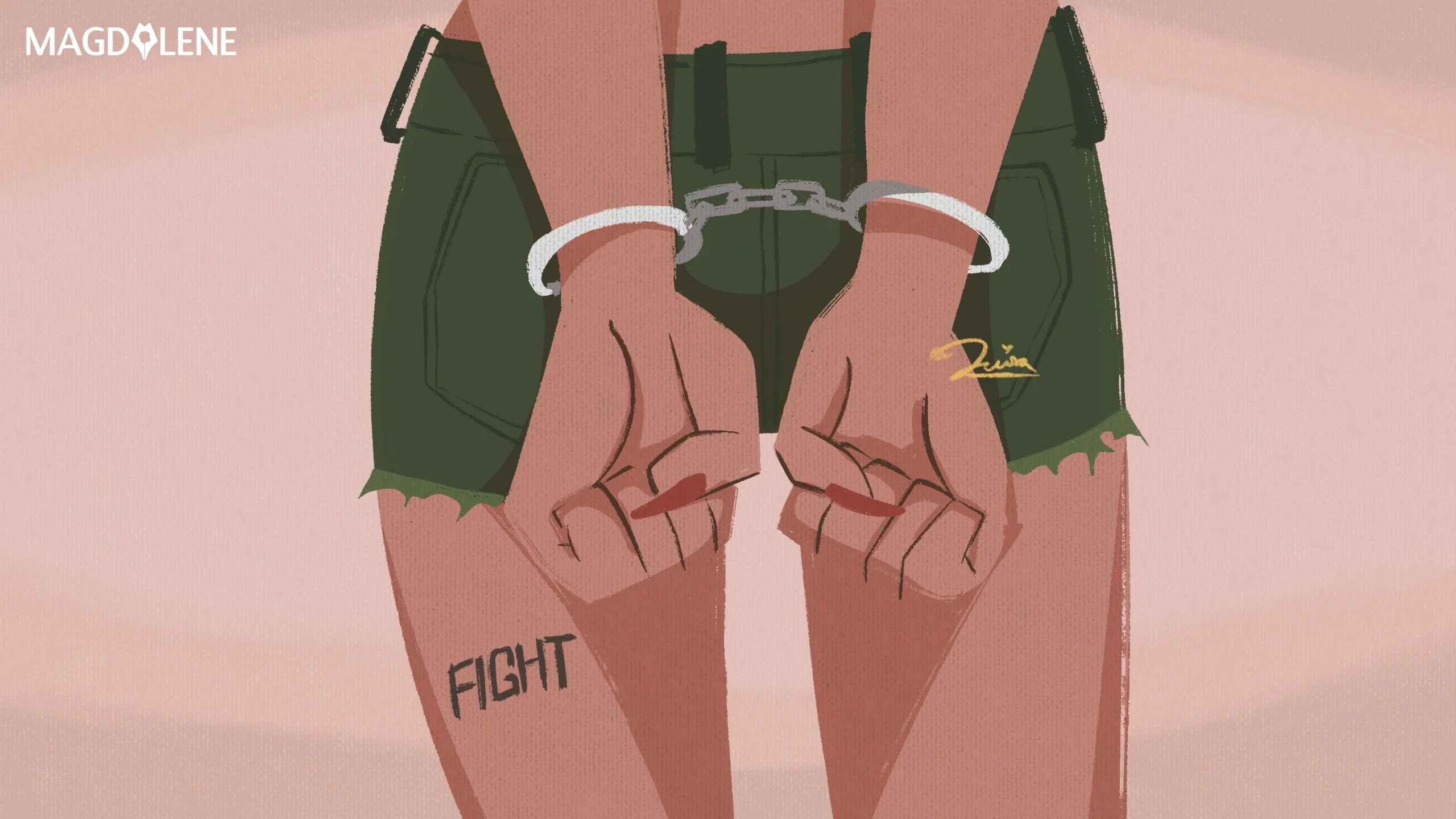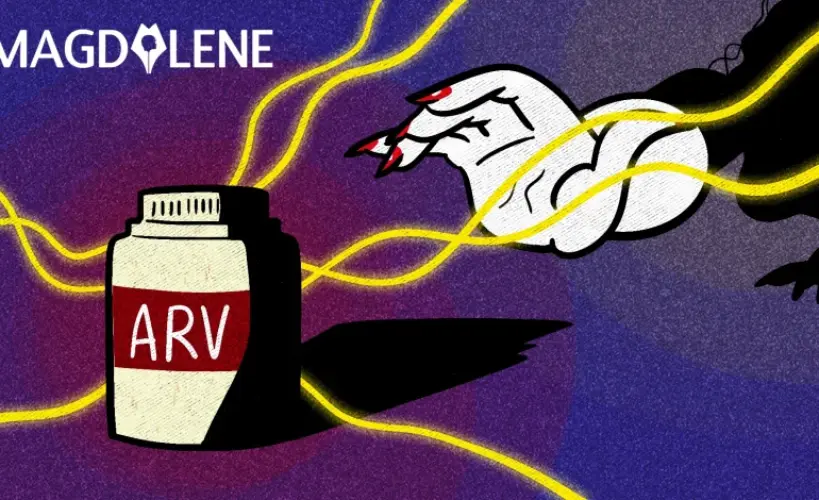Kartini the Forgotten Nationalist

Everyone who grew up in Indonesia in the last four decades knows her as Ibu (Mrs or Mother) Kartini, a champion of women’s emancipation in the Dutch colonial time, whose birthday is, ironically, marked every year by the sights of girls and women in demure, often restrictive national costumes.
Those with a little more grasp on history may remember these facts: that she’s a Javanese aristocrat, forced into seclusion at home at 12 while being prepped for marriage as was the custom of the nobility at the time; who wrote a bunch of letters to people in Europe that were published posthumously and became an international sensation; who was given no choice but to enter into a polygamous marriage as the fourth wife of a regent twice her age; who opened the first primary school for native girls; and who died after giving birth to her only son.
Like many people, I’ve always found it absurd that for decades the commemoration of the Kartini Day on April 21 has centered on the idea of making schoolgirls and female civil servants look good in kebaya and sarong. Her legacies have been reduced to a physical presence based on hundred year-old portraits that we have of her.
The song “Our Mother Kartini”, which we used to sing at school, praises her as “a real princess” (though she clearly preferred to have ditched her noble title) with “lofty dreams”, but doesn’t really say what the dreams were.
At a recent discussion on her letters at Ubud Writers & Readers Festival (UWRF), a young and upcoming Indonesian writer in the panel started by confessing that he knew nothing about Kartini. He then proceeded to illustrate his ignorance by confidently drawing a misguided comparison between her and a male fictional character.
Her achievements forgotten—the substance and sophistication of her ideas unknown to most Indonesians—Kartini may be one of those historical figures celebrated for the wrong reasons.
Was she a victim of historical reimagining?
Founding President Sukarno declared her a national hero 50 years after her death. Over time, however, the succeeding Suharto’s New Order Regime transformed her radical and intellectual feminist image into a softer and more palatable motherly figure (hence the “Ibu” prefix), who, when not being a dutiful wife, used her free time to teach local girls.
I talked to Dutch-born Joost J. Coté, a historian at the Deakin University in Melbourne, who has done over two decades of works on Kartini. Coté’s latest book The Complete Kartini is an edited and annotated translation of the first compilation of her complete correspondence and prose works.
Coté says Kartini’s letters have provided one of the most important historical documentations of early national awakening at a crucial juncture of Indonesia’s colonial history.
It was during this time that her correspondence with key people in socialist and feminist movements in Europe, in which she bared her nationalistic fervor in flawless Dutch, coincided and collided with a colonial administrator’s reformist agenda to educate native women.
The rest, as they say, is history.
Below is an excerpt of my interview with Coté on the sideline of the UWRF in October in Bali.
How many letters did Kartini actually write?
Kartini was writing between 1889 and 1904, and the letters were published in 1911. The publication of the letters was undertaken by J.H. Abendanon, who was the Director of Colonial Education. He selected letters that he liked, edited them, and published some of them.
The Door Duisternis tot Licht (Out of Dark Comes Light) is only a minute selection of letters to 10 Europeans.
Was there any particular reason some of them weren’t published?
Whether they had an eye on history is possible. In the case of Stella (her closest pen pal), possibly not to damage future reputation. But I think even from the letters that were published, they’re so personal, so emotional.
So they selected the letters, and Abendanon edited out some references to contemporary people, because he didn’t want the publication to reflect badly on them. When Kartini said straight out that all these people were terrible quite aggressively, he took it out.
He took out, not all, but some of the strong talks against the Islamic tradition, many for political reasons. There were many comments still in her letters about Islamic tradition that denied women education: “I’m forced to recite the Quran but I don’t understand it.” This sort of things.
So they were edited out of political sensitivity?
He was being politically correct in his editing. But in his selecting, he was pursuing his own agenda. Abendanon’s agenda was to encourage colonial reform in the area of education, and he used Kartini to advance his colonial agenda for education. He thought more western education including education for women was a good thing. And he thought Kartini talking about the need for education would be a good document to support his colonial agenda.
What was behind his campaign to provide education for native women?
The Dutch government had introduced ethical policy in 1901. Abendanon had already been appointed in 1900; he had lived in Java since 1875, but he’s not at all a colonial redneck. He’s not a conservative. He was a top law official, interested in justice, and edited a law journal, an early reformer.
His theory was that the Javanese should have a western education. They needed to be intellectually developed. On top of that, he said women should also be educated, because they were the nurturers of the family. If you can’t educate the domestic scene inside the house, then you’ll never advance. Therefore we need to educate the wives of the future leaders of Java.
Did he achieve his mission?
After the book was published in 1913, the first of the Kartini schools was opened. There was a question whether the Kartini schools—in the end there were about 30 of them—were reflective of Kartini or were they reflective of Abendanon. They were clearly Dutch colonial schools that were designed for upper-class women. It was sort of what Kartini had said, but not really.
Abendanon’s agenda and Kartini’s agenda appeared to be close. The difference is one is a colonial imposition; the other is a nationalist emancipation. They came together.
Kartini was quite happy and clearly supportive of the idea of a girls’ school, but not for the view that Abendanon had, which was that all these poor people need to be developed. Kartini wanted the emancipation of Java. They happened to coincide. Western education—she said, and he said—was important.
.jpg) Why did Kartini write those letters?
Why did Kartini write those letters?
Kartini started writing after she became involved in the Dutch feminist movement in 1898. That step of being involved in the Dutch Women Movement signified her agenda, which was: one, to educate the Dutch about the Javanese; and, two, to engage the Dutch in her, or at least, the Javanese’s aim for emancipation.
She was writing to key people. On one level, it’s ethnographic: This is what the Javanese people are thinking; this is what we do; this is why we are Javanese. And there’s a lot of, “We want to be free”. And there were also statements of personal as well as national aspiration.
It’s very difficult to compare her with other people, there are so little historical documentation of her time, but in her letters, you can see words like “our people”, “us”. Occasionally, she even used words like “nation”, before that word was even known, because there was no concept of Indonesia at the time. It did not exist.
So what we’re looking for as a historian of nationalism is: Where are the early signs of what Benedict Anderson calls the imagined community? Kartini is a perfect historical document for documenting the emergence of the imagined community.
You can see her imagining a modern political community that did not yet exist. She could not yet envision Indonesia. There are some references very occasionally, but you cannot imagine Indonesia, except in the very vague sense of all of those people who are inlanders (natives). There is a vague sense of inlanders, but there is a very clear sense of Java. There’s no problem of her defining Javanese nationalism.
You said she appeared to be in communication with other Javanese intellectuals as well.
We only have a selection that Abendanon chose. And he only asked for letters from some key European people. We don’t have any correspondence by Kartini to other people, even to her brother, who also shared the same sort of interest with her. But there are a couple of references in the letters to indicate quite clearly that she’s writing to young kaum muda, young western-educated men. And they are likely, in fact almost certainly, students of STOVIA, the medical school, and OSVIA, the training school for Javanese bureaucrats.
So these guys are the cream of the western-educated Javanese who had been selected. Tirto Adisuryo, and a whole lot of other early male nationalists came from the medical training at STOVIA. They’re the young men who established Boedi Oetomo (the political society instrumental to the early Indonesian national awakening movement). And they came not only from Java. It’s really the core of the new generation.
Have any correspondence between her and these young nationalists ever emerged?
No, but it’s possible. Just recently, some letters emerged in Holland that had never been seen before from descendants of this time.
But what’s interesting on that score is after 1904, in her sisters’ letters, there were continuing references to their talking or writing with these men. And (her sisters) Roekmini and Soematri proposed to establish a network, an organization of young kaum muda to discuss these things, exactly at the same time that the STOVIA students decided to set up Boedi Oetomo. There’s a document that’s included in my other book, written by the women, signed by Kartini’s sisters, which was going to be or might already have been circulated through a network that must have already existed. This is 1908.
And then there was a letter from the STOVIA students to Kartini’s sisters saying, “We are going to establish an organization called Budi Oetomo, would you like to join us?”
So there’s a whole history of communication that actually climaxed in 1908. And they eventually joined Boedi Oetomo.
Kartini’s role has been defined as a women’s emancipator; this nationalistic part of her story is hardly reflected in history lessons. Do you think she’s underappreciated?
As a result of 30 years under Mr. Suharto, the larger significance has been sidelined by the ibu-ism [the viewpoint that consigns women’s role to that of wives and mothers].
On a historical scale, I think her position, even by western historians, has been underestimated. There is the Kartini who talked about school for women, and there is the Kartini who barraged us with a historical documentation that reveals the state of national consciousness and the emergence of a political agenda in 1900, well before Boedi Oetomo, Syarikat Islam etcetera.
If we are to revisit her role in history, how should we see her now?
I’m inclined to emphasize her nationalism, it comes through so strongly, and that bit has been ignored. Her feminist theme has allowed her to be sidelined, and I’m not blaming the feminists, I’m blaming the New Order ideology that really pushed it into the motherhood theme.
We can give life back (to the cause of) Kartini by pointing to her nationalist position, her letters as an agenda to convince the Dutch that Javanese means something, that they have their own will. That they can handle their future, all we want is some of your support.
In historiographical term, there is a moment referred to as the “Period of Association”, when colonial progressives and Javanese conservatives think they can work together (before it was eventually abandoned by later revolutionaries like Soekarno).
Kartini was talking hopefully about association. Even before the men were involved in association, she was saying, first we need to educate the Dutch people.
By 1910, the men in Boedi Oetomo, were saying “association, association, association”. By 1917, Syarikat Islam in Semarang said, “To hell with this, we’ve got a more radical program.” By 1928, we’ve got a national anthem, we’ve got a flag, and we’ve got an agenda.
But Kartini was at the beginning of this whole historical continuance.
Photo courtesy of Ubud Writers & Readers Festival

